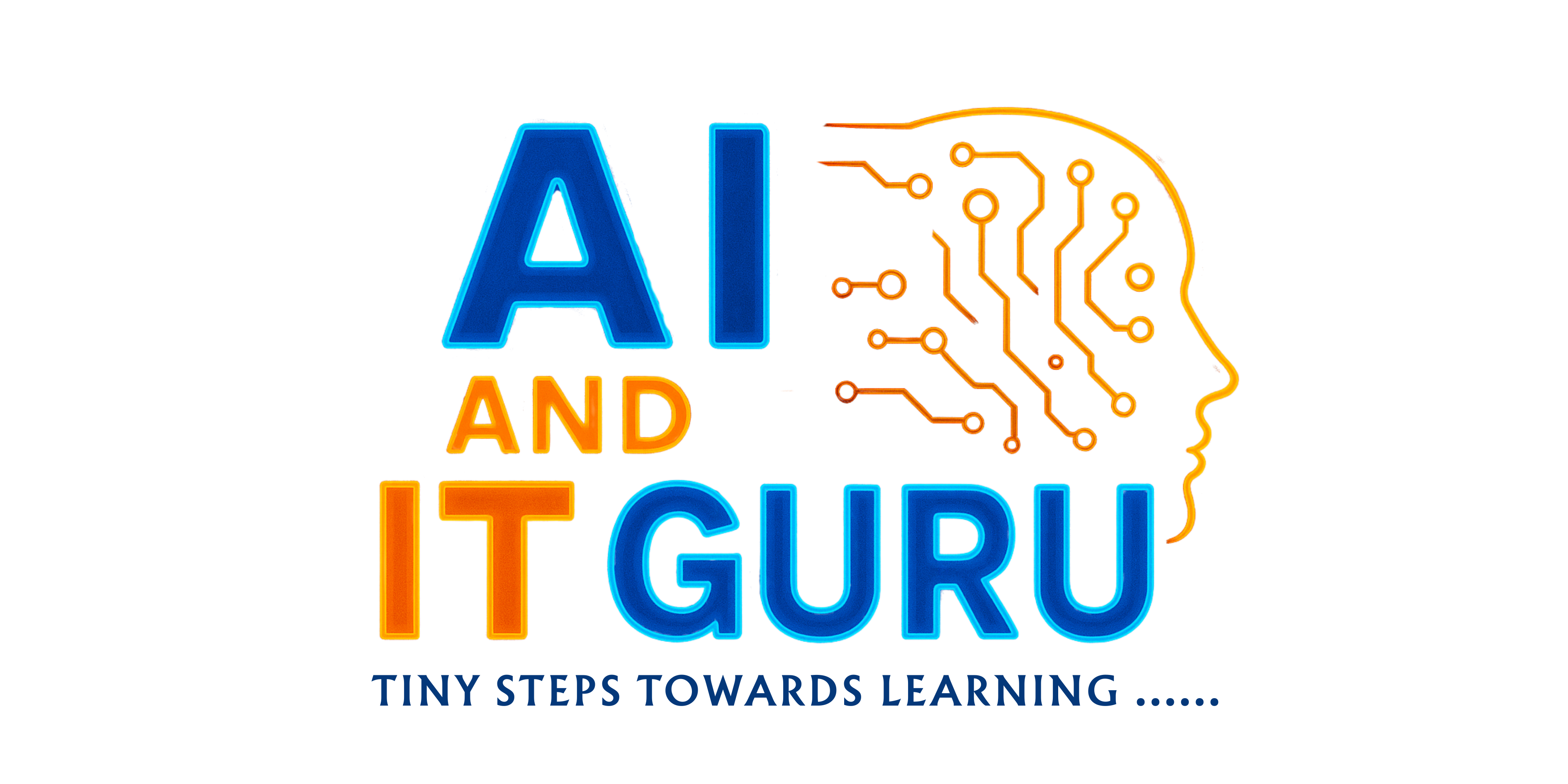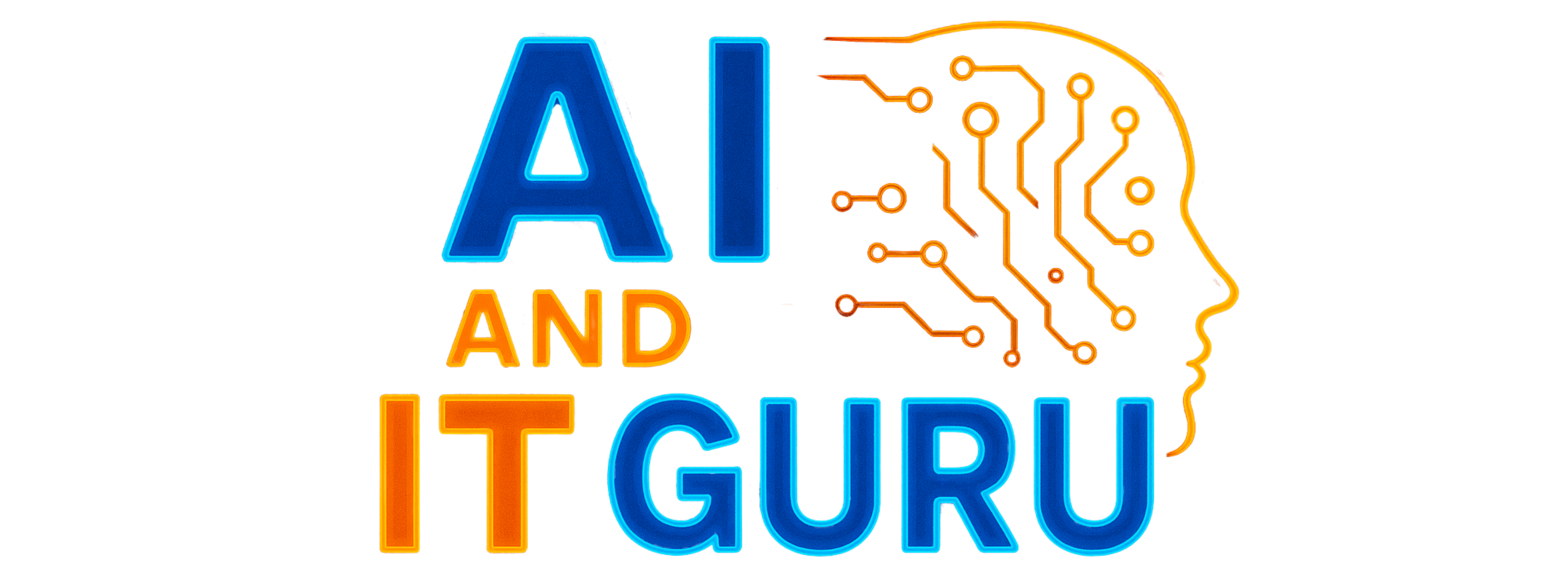

The Ultimate Guide to AI vs ML Understanding
Introduction
In today’s technology-driven world, terms like Artificial Intelligence (AI) and
Machine Learning (ML) are everywhere. From smartphone assistants to
recommendation algorithms, these technologies shape our daily experiences.
However, many people use these terms interchangeably, creating confusion
about their actual meanings and applications.
This comprehensive guide will clarify the differences between AI and ML,
explore their unique characteristics, and help you understand how they work
together to power modern innovation.
What is the Fundamental Difference?
Artificial Intelligence
It is the broader concept of creating machines that can
perform tasks typically requiring human intelligence. It’s the umbrella term that
encompasses various approaches to making computers “smart.”
Machine Learning
It is a subset of AI that focuses specifically on algorithms
that improve automatically through experience and data. It’s one of the
methods used to achieve artificial intelligence.
Think of it this way: AI is the destination, while ML is one of the vehicles that
can take us there.
Key Differences Breakdown
1. Scope and Definition
Artificial Intelligence:
Broader field encompassing all methods of making machines intelligent
Includes rule-based systems, expert systems, neural networks, and more
Goal: Create systems that can reason, learn, and act autonomously
Can work with or without learning from data
Machine Learning:
Specific subset of AI focused on learning from data
Relies heavily on statistical methods and algorithms
Goal: Enable computers to learn and improve without explicit programming
Always requires data to function2. Implementation Approaches
AI Implementation Methods:
Rule-based systems (if-then logic)
Expert systems (knowledge bases)
Symbolic reasoning
Natural language processing
Computer vision
Robotics
Machine learning algorithms
ML Implementation Methods:
Supervised learning (labeled data)
Unsupervised learning (pattern discovery)
Reinforcement learning (reward-based)
Deep learning (neural networks)
Ensemble methods
Transfer learning
3. Data Requirements
Artificial Intelligence:
May or may not require large datasets
Can work with predefined rules and logic
Some AI systems operate on programmed knowledge
Data quality varies by application
Machine Learning:
Always requires data to function
Performance improves with more quality data
Data preprocessing is crucial
Continuous learning from new data
4. Problem-Solving Approach
AI Problem Solving:
Can use logical reasoning
May apply predefined rules
Can combine multiple approaches
Focuses on mimicking human decision-making
ML Problem Solving:
Identifies patterns in data
Makes predictions based on historical information
Adapts to new information automatically
Focuses on statistical relationships
Real-World Examples
AI Examples (Non-ML)
1. Chess Programs: Early chess computers used programmed strategies and rules
2. Expert Systems: Medical diagnosis systems based on doctor knowledge
3. Rule-Based Chat-bots: Simple bots following scripted conversations
4. GPS Navigation: Route calculation using algorithms and maps
ML Examples
1. Netflix Recommendations: Learning from viewing history
2. Email Spam Detection: Identifying patterns in spam messages
3. Image Recognition: Training on millions of labeled photos
4. Voice Assistants: Understanding speech through audio data training
Combined AI + ML Examples
1. Autonomous Vehicles: ML for perception + AI for decision-making
2. Smart Home Systems: ML for pattern recognition + AI for automation
3. Medical AI: ML for diagnosis + AI for treatment recommendations
4. Financial Trading: ML for market analysis + AI for strategy execution
When to Use AI vs ML
Choose AI When:
You need rule-based decision making
Domain expertise can be codified
Interpret-ability is crucial
Limited training data available
Real-time responses required
Choose ML When:
Large datasets are available
Patterns are complex or unknown
Continuous improvement is needed
Human expertise is limited
Prediction accuracy is paramount
The Future of AI and ML
The future lies in the convergence of AI and ML technologies.
We’re seeing: Emerging Trends:
Explainable AI making ML models more interpretable
Auto ML democratizing machine learning
Edge AI bringing intelligence to devices
Hybrid systems combining multiple AI approaches
Quantum computing enhancing both AI and ML capabilities
Industry Impact:
Healthcare: Personalized medicine and drug discovery
Finance: Fraud detection and algorithmic trading
Transportation: Autonomous vehicles and traffic optimization
Education: Personalized learning and intelligent tutoring
Entertainment: Content creation and recommendation systems
Conclusion
Understanding the difference between AI and ML is crucial in our technology-
driven world. While AI represents the broader goal of machine intelligence,
ML provides specific tools for achieving that intelligence through data-driven
learning.
Both technologies are transforming industries and creating new possibilities.
Whether you’re a business leader, developer, or curious individual,
recognizing these distinctions will help you better navigate the future of
technology and make informed decisions about implementing these powerful
tools.
The key takeaway: AI and ML aren’t competitors—they’re collaborators
working together to create the intelligent systems that will define our future.
